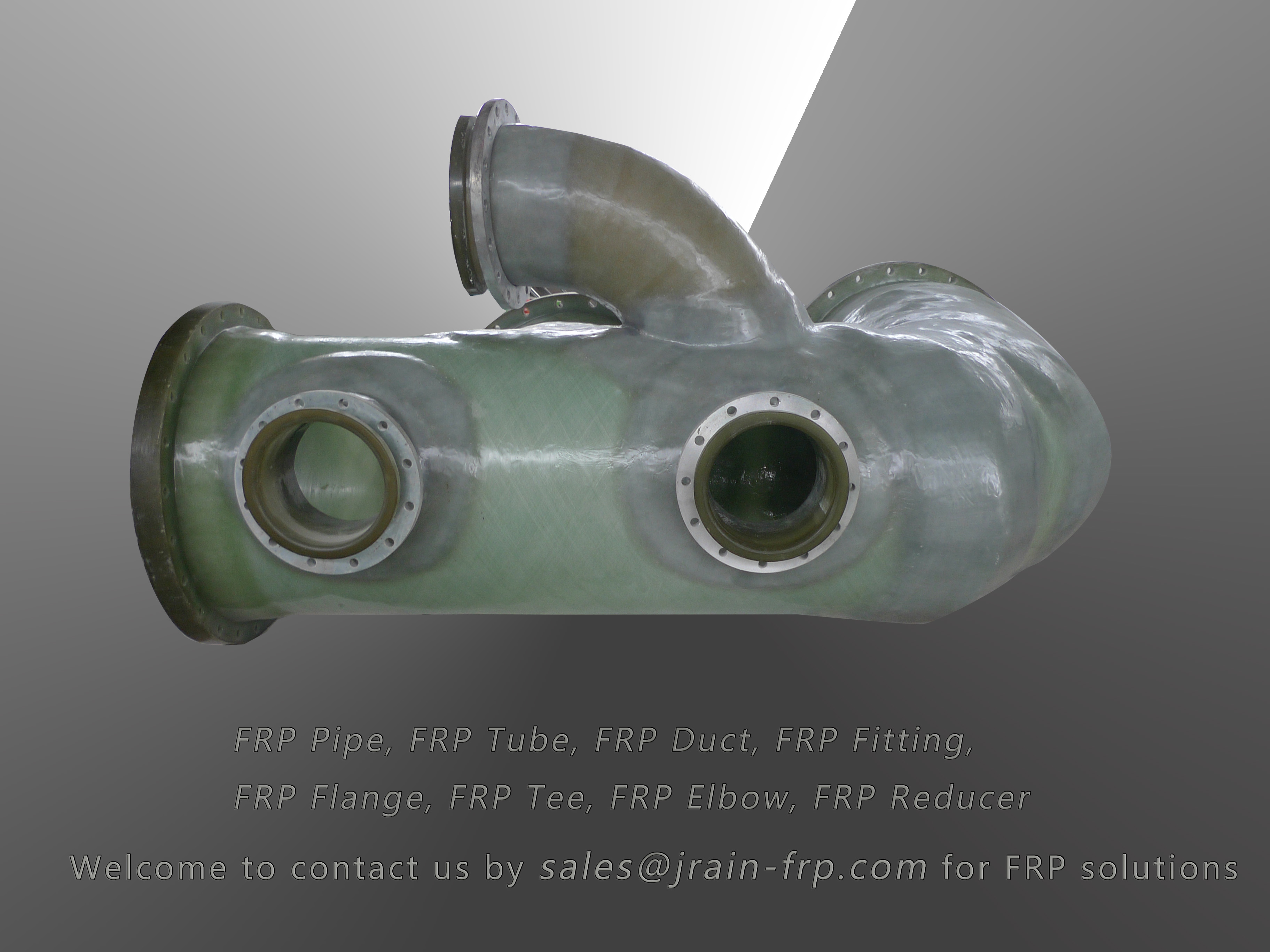
-
 Afrikaans
Afrikaans -
 Albanian
Albanian -
 Amharic
Amharic -
 Arabic
Arabic -
 Armenian
Armenian -
 Azerbaijani
Azerbaijani -
 Basque
Basque -
 Belarusian
Belarusian -
 Bengali
Bengali -
 Bosnian
Bosnian -
 Bulgarian
Bulgarian -
 Catalan
Catalan -
 Cebuano
Cebuano -
 China
China -
 China (Taiwan)
China (Taiwan) -
 Corsican
Corsican -
 Croatian
Croatian -
 Czech
Czech -
 Danish
Danish -
 Dutch
Dutch -
 English
English -
 Esperanto
Esperanto -
 Estonian
Estonian -
 Finnish
Finnish -
 French
French -
 Frisian
Frisian -
 Galician
Galician -
 Georgian
Georgian -
 German
German -
 Greek
Greek -
 Gujarati
Gujarati -
 Haitian Creole
Haitian Creole -
 hausa
hausa -
 hawaiian
hawaiian -
 Hebrew
Hebrew -
 Hindi
Hindi -
 Miao
Miao -
 Hungarian
Hungarian -
 Icelandic
Icelandic -
 igbo
igbo -
 Indonesian
Indonesian -
 irish
irish -
 Italian
Italian -
 Japanese
Japanese -
 Javanese
Javanese -
 Kannada
Kannada -
 kazakh
kazakh -
 Khmer
Khmer -
 Rwandese
Rwandese -
 Korean
Korean -
 Kurdish
Kurdish -
 Kyrgyz
Kyrgyz -
 Lao
Lao -
 Latin
Latin -
 Latvian
Latvian -
 Lithuanian
Lithuanian -
 Luxembourgish
Luxembourgish -
 Macedonian
Macedonian -
 Malgashi
Malgashi -
 Malay
Malay -
 Malayalam
Malayalam -
 Maltese
Maltese -
 Maori
Maori -
 Marathi
Marathi -
 Mongolian
Mongolian -
 Myanmar
Myanmar -
 Nepali
Nepali -
 Norwegian
Norwegian -
 Norwegian
Norwegian -
 Occitan
Occitan -
 Pashto
Pashto -
 Persian
Persian -
 Polish
Polish -
 Portuguese
Portuguese -
 Punjabi
Punjabi -
 Romanian
Romanian -
 Russian
Russian -
 Samoan
Samoan -
 Scottish Gaelic
Scottish Gaelic -
 Serbian
Serbian -
 Sesotho
Sesotho -
 Shona
Shona -
 Sindhi
Sindhi -
 Sinhala
Sinhala -
 Slovak
Slovak -
 Slovenian
Slovenian -
 Somali
Somali -
 Spanish
Spanish -
 Sundanese
Sundanese -
 Swahili
Swahili -
 Swedish
Swedish -
 Tagalog
Tagalog -
 Tajik
Tajik -
 Tamil
Tamil -
 Tatar
Tatar -
 Telugu
Telugu -
 Thai
Thai -
 Turkish
Turkish -
 Turkmen
Turkmen -
 Ukrainian
Ukrainian -
 Urdu
Urdu -
 Uighur
Uighur -
 Uzbek
Uzbek -
 Vietnamese
Vietnamese -
 Welsh
Welsh -
 Bantu
Bantu -
 Yiddish
Yiddish -
 Yoruba
Yoruba -
 Zulu
Zulu
grp car
Exploring GRP Car The Future of Automotive Advancements
In recent years, the automotive industry has witnessed a remarkable evolution, fundamentally altering how vehicles are designed, manufactured, and experienced. One of the significant advancements making waves in this domain is the concept of the Glass Reinforced Plastic (GRP) car. This innovative material is reshaping the construction of automobiles, offering a plethora of benefits that align with contemporary demands for sustainability, performance, and safety.
What is GRP?
Glass Reinforced Plastic (GRP), also known as fiberglass, is a composite material made from a polymer matrix reinforced with glass fibers. This combination results in a lightweight, strong, and highly durable substance that exhibits excellent resistance to corrosion and adverse weather conditions. In automotive applications, GRP is increasingly favored for its numerous advantages over traditional materials like steel and aluminum.
Advantages of GRP in Car Manufacturing
1. Weight Reduction One of the most compelling benefits of using GRP in car manufacturing is weight reduction. The automotive industry is under constant pressure to improve fuel efficiency and reduce carbon emissions. GRP is significantly lighter than steel, allowing manufacturers to create vehicles that consume less fuel while maintaining structural integrity. A lighter vehicle not only enhances fuel efficiency but also improves acceleration and handling.
2. Corrosion Resistance Unlike metal counterparts that are susceptible to rust and corrosion, GRP is inherently resistant to these issues. This characteristic extends the lifespan of vehicles, reducing maintenance costs and enhancing the overall ownership experience. Drivers in regions prone to harsh weather conditions or road salt will particularly appreciate the benefits of GRP's corrosion resistance.
3. Design Flexibility The inherent properties of GRP allow for unparalleled design flexibility. Manufacturers can mold GRP into intricate shapes and forms that are challenging to achieve with traditional materials. This allows for aerodynamic designs, improved aesthetics, and innovative features that can enhance both functionality and style. As the automotive industry increasingly focuses on customizability and personalization, GRP opens up a world of possibilities.
grp car

4. Sustainability With growing concerns over environmental issues, the automotive industry is shifting toward more sustainable practices. GRP can be produced with lower energy consumption compared to metals, and advancements in recycling techniques are making it easier to reclaim and repurpose used GRP components. Automakers focusing on sustainability can leverage GRP to decrease their overall environmental impact, meeting the demands of eco-conscious consumers.
5. Cost-Effectiveness While the initial costs for GRP materials can be higher than traditional materials, the long-term savings are significant. The lightweight nature reduces transportation and fuel costs, while the durability minimizes maintenance expenses. As production techniques improve and economies of scale come into play, the cost of integrating GRP into vehicles is expected to decrease, making it a more viable option for mass production.
Challenges to Overcome
Despite the numerous advantages, there are challenges associated with the widespread adoption of GRP in car manufacturing. Concerns about the repairability of GRP structures compared to metal frames and the availability of skilled labor for manufacturing and maintenance are noteworthy obstacles. Additionally, regulatory hurdles regarding safety standards and testing procedures for composite materials must be navigated effectively to gain acceptance in the market.
Conclusion
The evolution of the automotive industry is ongoing, and the GRP car represents a significant step toward modernizing vehicle design and manufacture. By embracing lightweight materials that offer impressive durability, design flexibility, and sustainability, manufacturers can respond to consumer demands for efficient, eco-friendly vehicles. As innovations continue to reduce the challenges associated with GRP, it is likely that we will see an increasing number of vehicles utilizing this remarkable material in the near future.
Ultimately, the adoption of GRP technology signals a transformative shift in how we think about cars, making strides toward a more sustainable and efficient automotive landscape. With the right investments in technology, training, and processes, GRP could soon become a staple in the vehicles of tomorrow.









